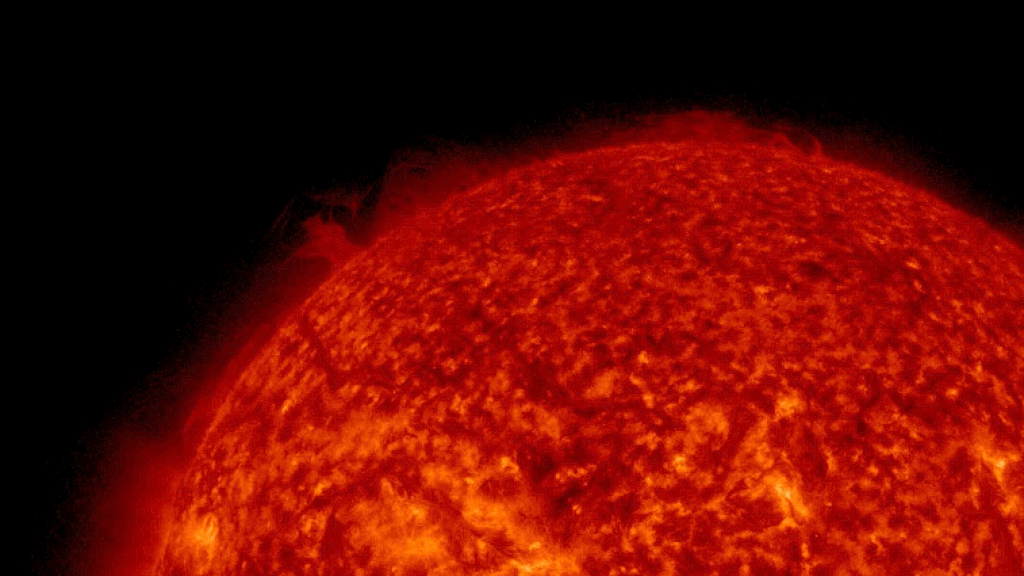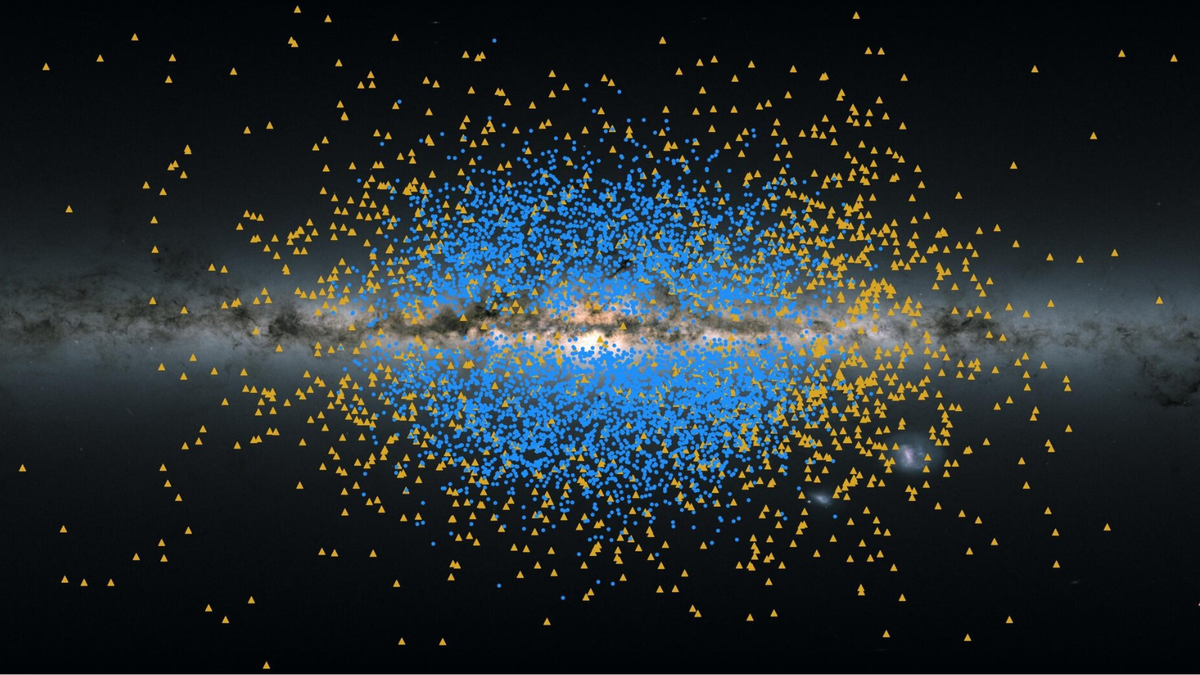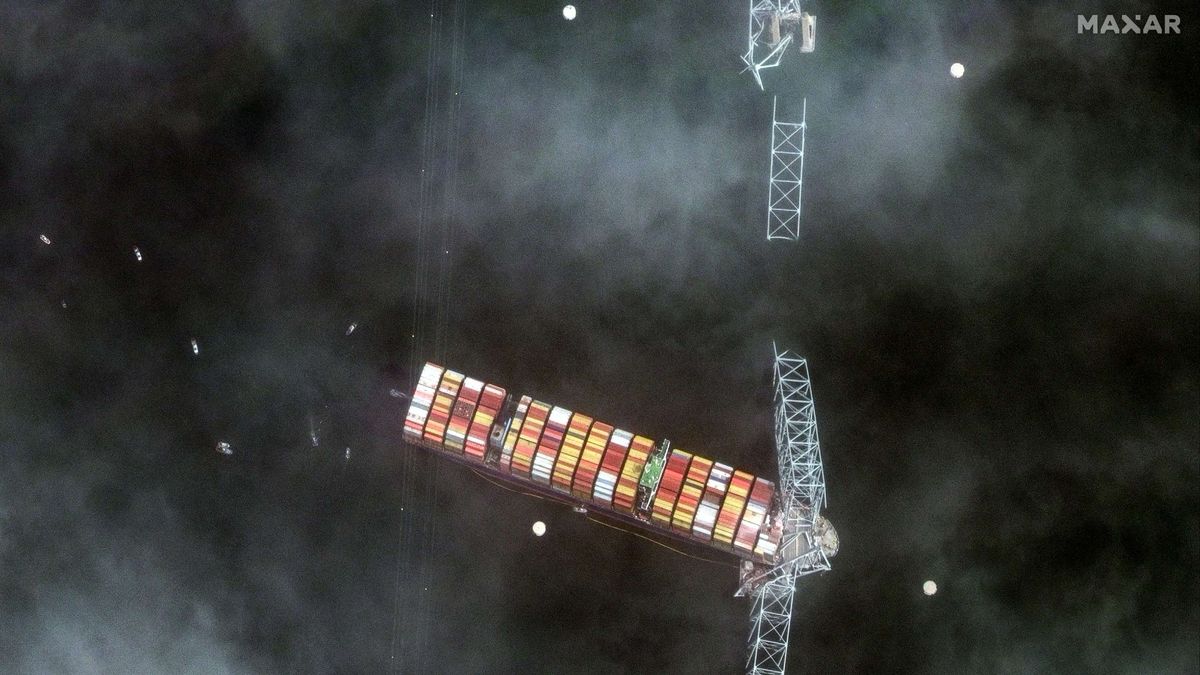Solar Eruption Unleashes Massive Plasma Cloud Towards Mercury
A recent violent eruption originating from the hidden far side of the sun has sent shockwaves through space, posing potential threats to nearby planets in our solar system. The eruption, estimated to be around 40 times wider than Earth, spewed forth an enormous cloud of plasma that traveled towards the planet Mercury. This celestial event, triggered by a powerful solar flare, took place on March 9th at approximately 7 p.m. ET, as reported by Spaceweather.com.
Utilizing data from NASA’s Solar Dynamics Observatory (SDO), scientists were able to observe a large plasma filament erupting from behind the sun’s northeast limb. The eruption, spanning an impressive 310,000 miles (500,000 kilometers) in diameter, resulted in the formation of a massive “canyon of fire” on the sun’s surface. Additionally, a substantial coronal mass ejection (CME) accompanied the explosion, colliding with Mercury on March 10th.
This particular event highlights the inherent risks faced by Mercury due to its close proximity to the sun, leading to frequent encounters with CMEs that bombard the planet’s surface. The lack of a protective atmosphere leaves Mercury vulnerable to the full force of these solar storms, resulting in the release of X-rays when particles from CMEs interact with the planet’s surface. This phenomenon produces X-ray auroras that differ from traditional auroras visible in visible light.
Implications for Solar Activity and Earth’s Safety
The eruption serves as a precursor to the anticipated solar maximum, a phase in the sun’s 11-year cycle characterized by heightened solar activity. Recent observations indicate that the onset of this solar maximum may have commenced earlier than initially predicted. The weakening of the sun’s magnetic field, accompanied by increased frequency and intensity of solar flares and storms, heralds the arrival of this solar maximum.
Researchers have identified notable solar events in recent months, including a significant X-class flare and a colossal plasma eruption from the sun’s south pole. Of particular concern during the solar maximum is the unpredictability of solar storms originating from the far side of the sun, beyond the scope of direct observation. The potential for giant sunspots harboring volatile solar storms to rotate towards Earth poses a looming threat.
- NASA’s Perseverance rover, stationed on Mars, provides valuable insights into monitoring the sun’s far side during specific alignments with Earth.
- Advanced technologies and vigilant observation are crucial in preparing for and mitigating the impact of solar storms on Earth.
In conclusion, the recent solar eruption and subsequent impact on Mercury underscore the intricate dynamics of our solar system and the need for continuous monitoring and preparedness in the face of solar activity fluctuations.
Image/Photo credit: source url





